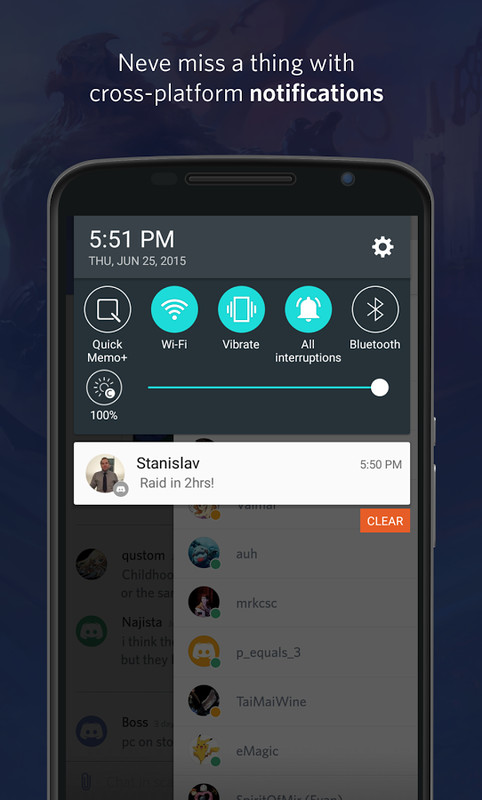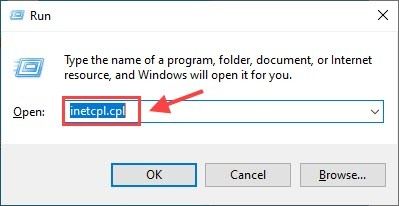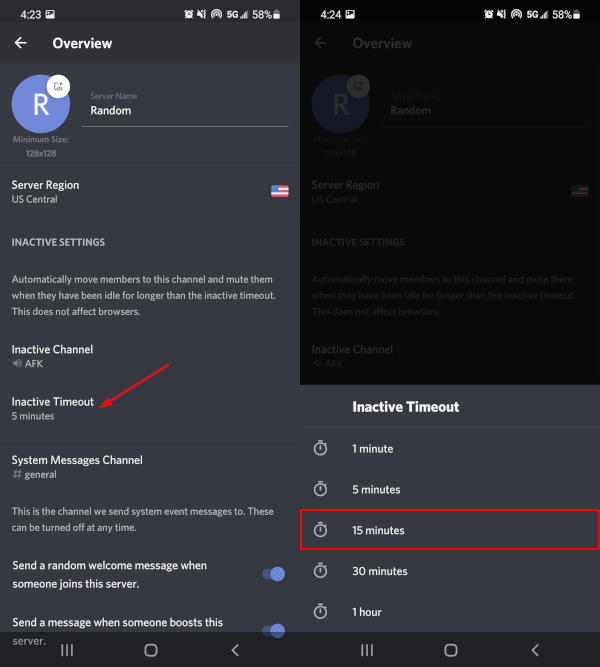


"Default" will choose whatever you've set up as your operating system's default audio output (usually the system speakers). After giving it a name, you'll be prompted to choose the actual output device you want to use (in this example, presumably your system speakers if you just want OBS to re-transmit audio that's playing on your computer, such as a music app, or sounds from a Zoom meeting that you want to stream). Give it a name for use with OBS, (for example, "Desktop"). This audio input can then be added to each individual scene (or individually removed if later unwanted).Īdd an "Audio Output Capture" if you want to use an internal audio source, such as the motherboard's built-in audio-out jack, a sound card, or external display with audio connection (such as an HDMI-connected monitor). After giving it a name, you'll be prompted to choose the actual input device you want to use (in this example, presumably your PC's audio-in jack into which a microphone is plugged) "Default" will choose whatever you've set up as your operating system's default audio input (usually the audio-in jack).

Give it a name for use with OBS (for example, "Microphone"). Then, to add discreet audio sources per scene, choose a scene, click on + under the Sources window.Īdd an "Audio Input Capture" if you want to use an external audio source, such as a microphone, audio deck, or similar device. A fresh scene with no sources will have a blank Audio Mixer, or will only have the global audio sources you chose to keep. Those that were previously a Global Audio Device that was disabled in Settings will have disappeared. After clicking "Apply" or "OK", you'll be returned to the main interface and you'll notice that your Audio Mixer will then only show audio from sources added to that scene, such as a video camera, webcam, or video clip. Disable them all if you want absolute control over your per-scene audio. You can choose to keep or select a specific audio source if you are absolutely sure that's a source you want to ALWAYS be there for your entire production. Look for the "Global Audio Devices" category and disable those for which you want per-scene control. If you want to control these same audio devices per scene (or just generally want better control over per-scene audio), go to Settings>Audio. Muting a device in the Global Audio Devices list mutes it for all scenes thereafter unmuting it unmutes it for all scenes thereafter. Global Audio Devices are persistent: They show up in the Audio Mixer window with every scene whether you want these sources or not. The main origin of confusion when it comes to per-scene audio sources is that OBS includes your system microphone and system speakers - and possibly other sources it finds when it is first installed - in the list of Global Audio Devices within its settings. Would love to hear if there is a Plug-in or inbuilt solution to this issue. Like OP said though I could just be doing it wrong. It seems logical that if a source is not in a scene it should not show or be heard but for whatever reason USB audio does not follow that. If you have even more inputs you can bind each one to more keybinds, and then have the ability to quickly toggle different audio sources on/off. It will also mute/unmute even when in a scene that House feed is not shown in the mixer. This at least gives my operator a fast mute/unmute while they are clicking to the new scene.

The short term solution I am using to at least streamline the transitions between scenes is I went to Keybinds and found my House Feed. They still can be heard in your output mix regardless of whether they are in the scene or not. USB audio sources and HDMI audio does not seem to work with auto muting when you follow the steps and remove them from scenes as well as disabling all audio in main settings. It appears as if only line and mic default inputs respond to being disabled. I have been searching for a solution for this exact problem.


 0 kommentar(er)
0 kommentar(er)
